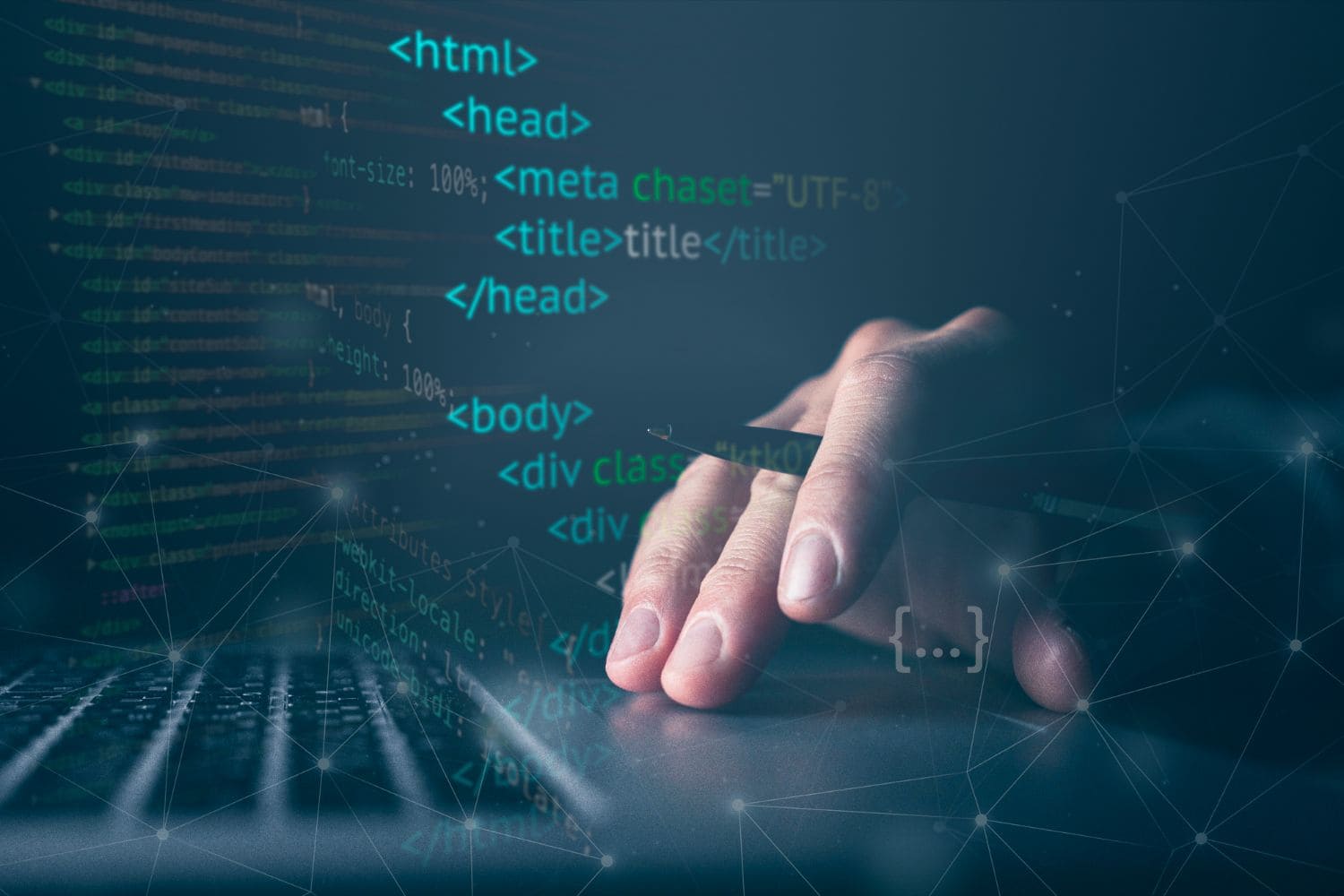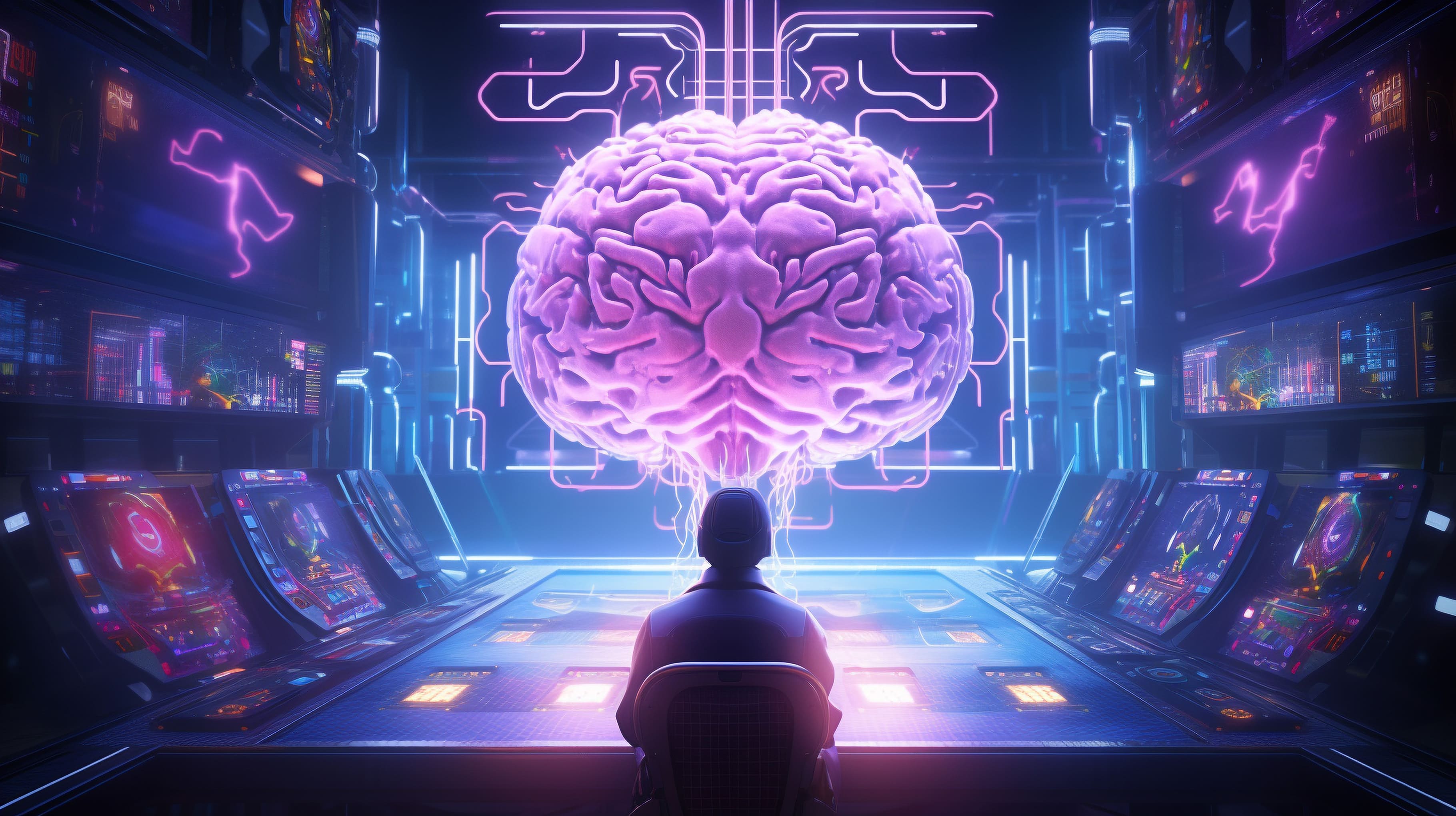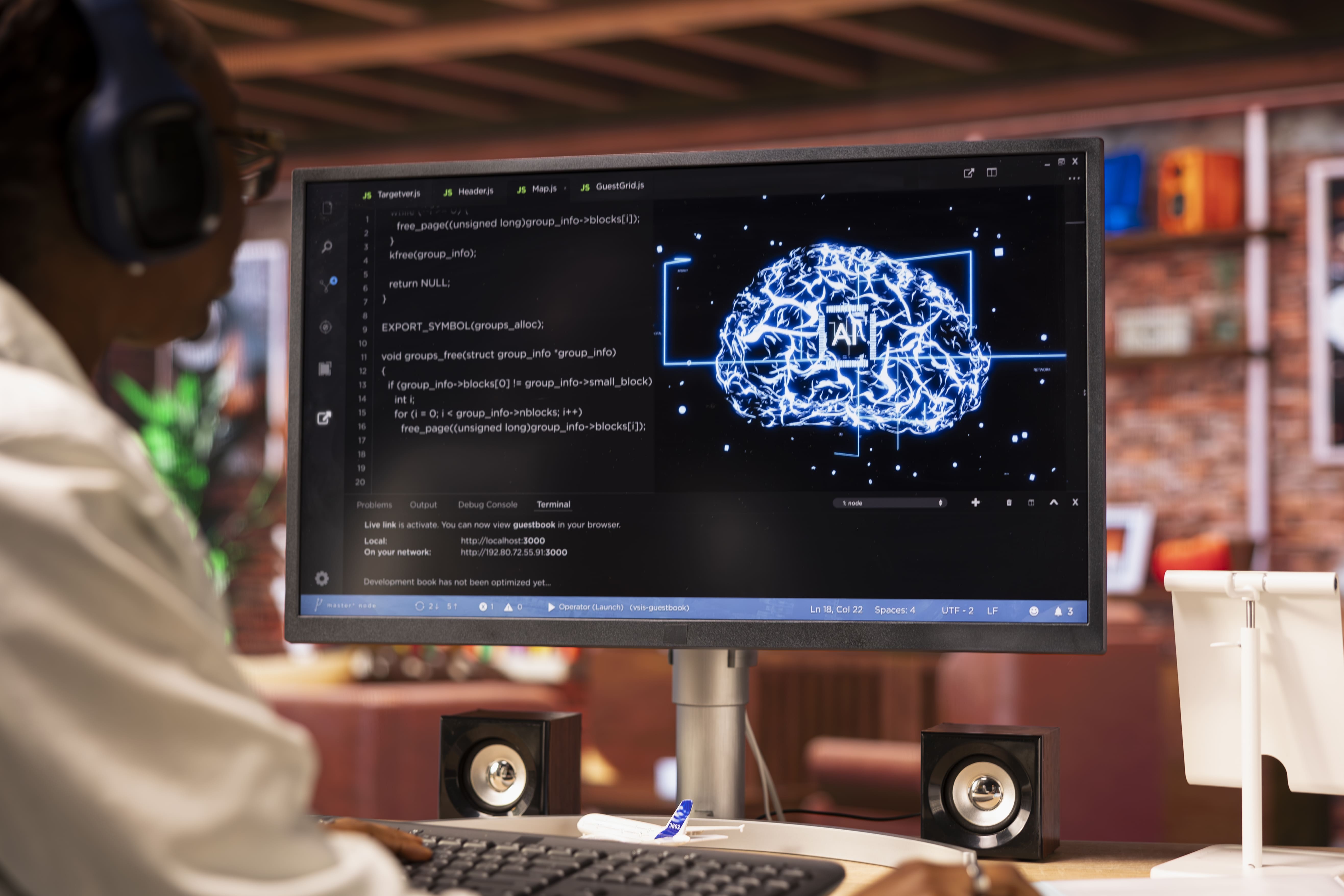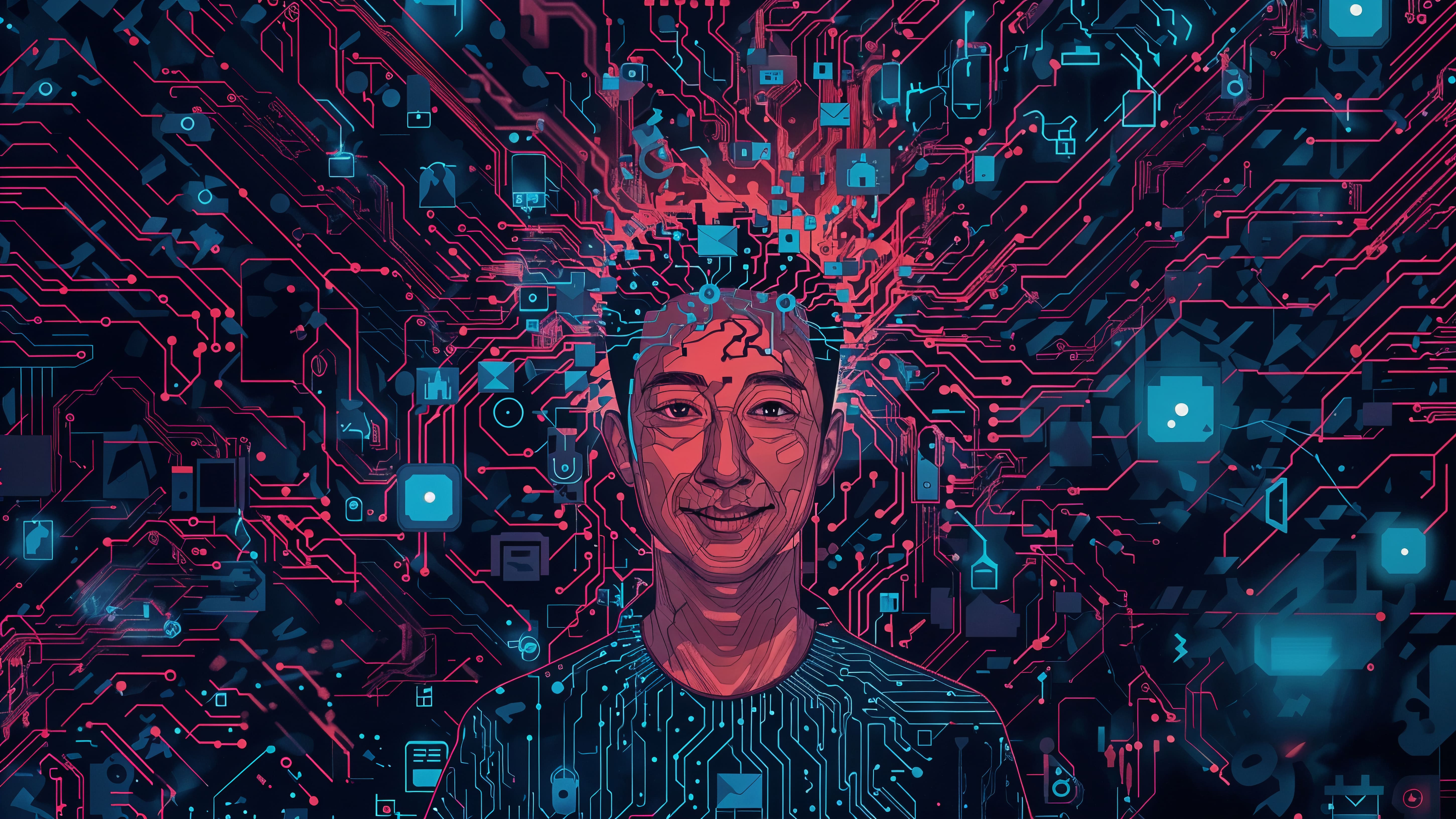 SITASRM ENGINEERING & RESEARCH INSTITUTE
SITASRM ENGINEERING & RESEARCH INSTITUTE
 SITASRM ENGINEERING
SITASRM ENGINEERING & RESEARCH INSTITUTE

SITASRM ENGINEERING & RESEARCH INSTITUTE
Menu
How to Build Your First AI Model Using Python and Scikit-learn

Have you ever wondered how platforms like Netflix predict what you want to watch next, or how Google Photos identifies faces automatically? The secret behind these smart features is machine learning. And the best part? You can build your own machine learning model today using Python and a library called Scikit-learn.
This guide is written especially for students and beginners in tech who want to get hands-on experience in AI/ML modeling. You don't need to be a math genius or an expert coder—just basic Python knowledge and curiosity will do.
What is a Machine Learning Model?
A machine learning model is an algorithm that learns patterns from data and uses them to make predictions or decisions. For example, a model might learn the relationship between house size and price to predict the value of a new home.
Think of it as teaching a computer without explicitly programming every step. It learns from past data, improving its accuracy over time.
Why Use Python for Machine Learning?
Python is widely used in the AI/ML world because it's simple, readable, and has a massive library ecosystem. Tools like Scikit-learn, TensorFlow, and PyTorch make it easier to build learning models in machine learning.
In this tutorial, we’ll use Scikit-learn, a powerful library that simplifies many machine learning tasks.
Setting Up Your Environment
Before jumping into code, make sure your setup includes:
-
Python (3.6 or later)
-
Jupyter Notebook or any Python IDE
-
Scikit-learn
-
Pandas and NumPy for data handling
You can install the packages using pip:
bash
CopyEdit
pip install numpy pandas scikit-learn
Step 1: Understand the Problem
Let’s say we want to predict the price of houses based on features like size, number of bedrooms, and age of the property. This is a classic regression problem in machine learning.
Step 2: Import Your Libraries
Start by importing the required libraries:
python
CopyEdit
import pandas as pd
import numpy as np
from sklearn.model_selection import train_test_split
from sklearn.linear_model import LinearRegression
from sklearn.metrics import mean_squared_error
This sets up the tools you'll need to load data, split it, train your model, and measure its performance.
Step 3: Prepare Your Dataset
Let’s assume you have a CSV file named house_data.csv.
python
CopyEdit
data = pd.read_csv('house_data.csv')
print(data.head())
Clean the data by removing missing values:
python
CopyEdit
data = data.dropna()
Choose features and labels:
python
CopyEdit
X = data[['size', 'bedrooms', 'age']]
y = data['price']
Step 4: Split the Dataset
Split your data into training and testing sets. This helps evaluate your model's accuracy.
python
CopyEdit
X_train, X_test, y_train, y_test = train_test_split(X, y, test_size=0.2, random_state=42)
Step 5: Train Your Machine Learning Model
Now, let’s train the model using scikit learn linear regression:
python
CopyEdit
model = LinearRegression()
model.fit(X_train, y_train)
This line builds the machine learning model by finding the best-fitting line through the training data.
Step 6: Make Predictions
Once the model is trained, use it to predict prices on the test set.
python
CopyEdit
predictions = model.predict(X_test)
Evaluate the performance using mean squared error:
python
CopyEdit
mse = mean_squared_error(y_test, predictions)
print(f"Mean Squared Error: {mse}")
Step 7: Interpret the Results
If the mean squared error is low, it means your model is making accurate predictions. Congratulations! You've built your first AI/ML modeling project.
You can also check how well the model fits by plotting predicted vs actual prices or using metrics like R² score.
Tips for Improving Your Model
-
Add more relevant features (e.g., location, amenities)
-
Try other learning models in machine learning like Decision Trees or Random Forests
-
Normalize or scale your data
-
Experiment with feature engineering techniques
Remember, the more quality data you have, the better your machine learning model will perform.
Going Beyond: What's Next?
This is just the beginning of your AI journey. Once you're comfortable with scikit learn linear regression, you can explore advanced models like:
-
Support Vector Machines (SVM)
-
Neural Networks
-
K-Means Clustering
These models allow you to solve classification, clustering, and even deep learning problems.
Conclusion
Building your first machine learning model might seem intimidating at first, but as you've seen, it’s very doable with Python and Scikit-learn. By understanding the basics, preparing your data well, and experimenting with different models, you’re setting a strong foundation in AI/ML.
As you continue exploring, consider diving into AI/ML Learning with SERI, a great initiative that bridges academic learning with industry-ready skills.
So open your code editor, load some data, and start building something amazing today!















































